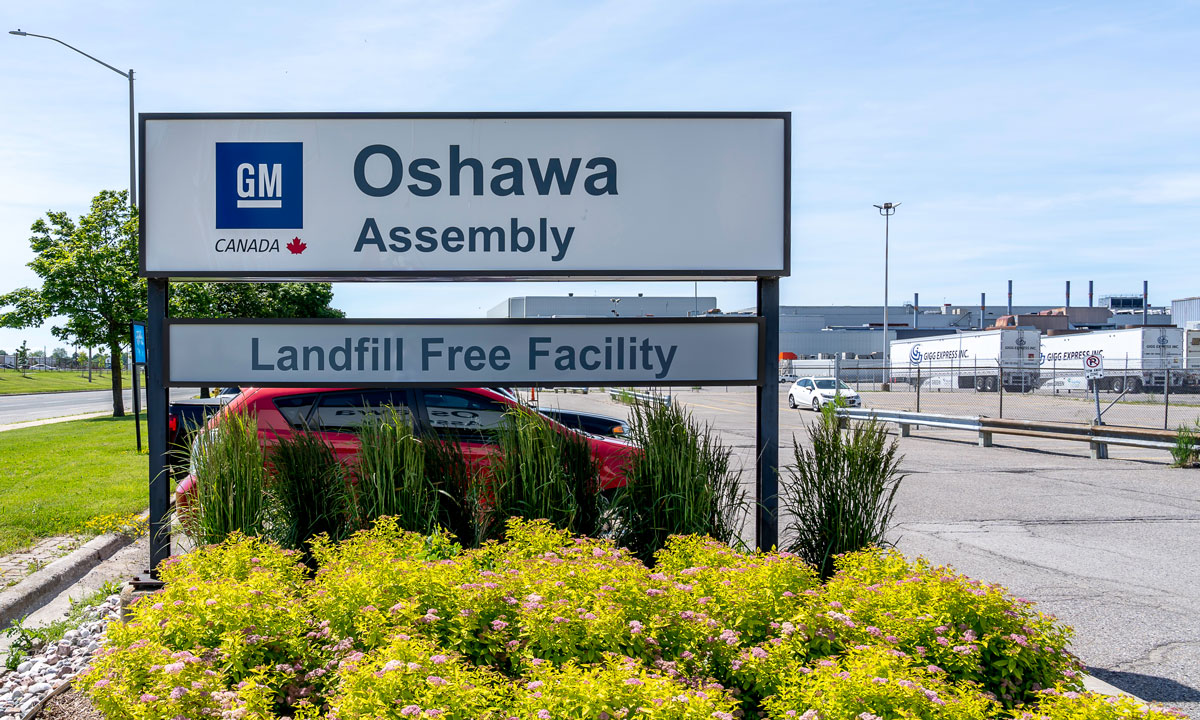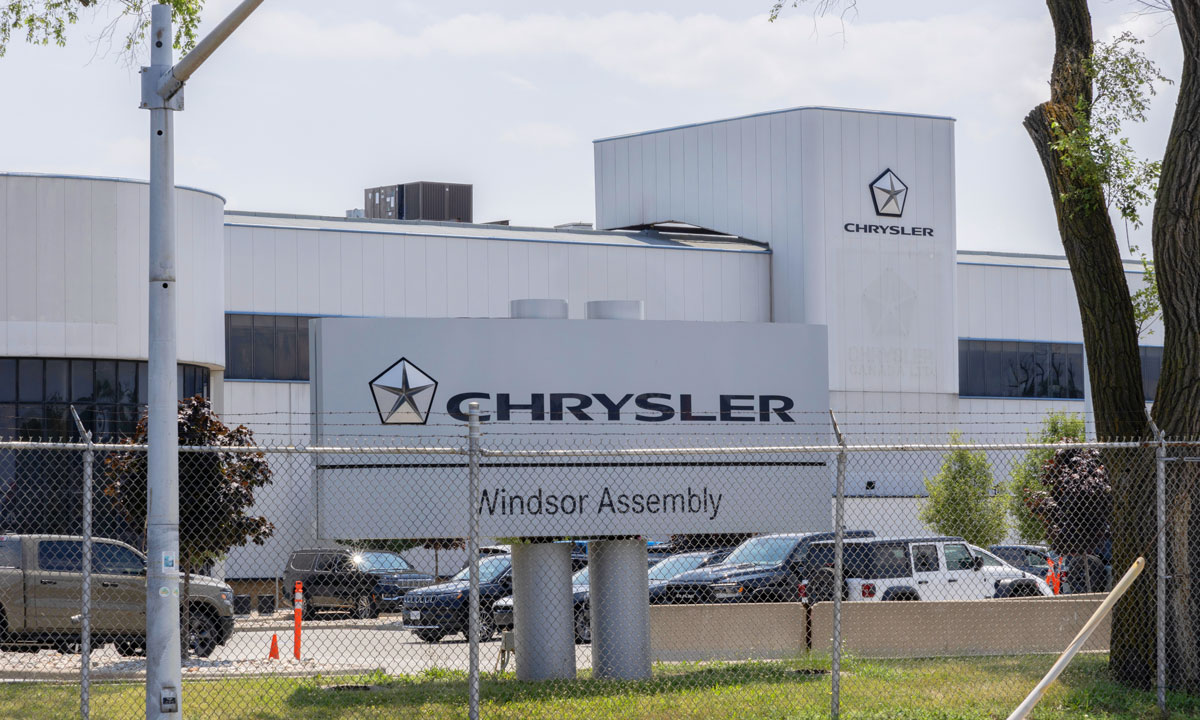In the wake of U.S. President Donald Trump imposing punishing new tariffs on Canada’s auto imports, which threatens to destabilize Canada’s auto manufacturing sector, there’s growing interest among Canadian buyers in learning more about which cars are actually made and assembled in Canada.
Earlier this week, Prime Minister Mark Carney unveiled a $2 billion plan to protect Canada’s auto workers that included shifting procurement of government vehicles to made-in-Canada models.
In its plan, the Liberal government proposed:
- Leveraging government funding to prioritize and procure Canadian-built vehicles, using public dollars to catalyze domestic investment and grow the Canadian auto industry. We will also explore avenues to scale-up dual-use capabilities in both defence and auto manufacturing, to the advantage of Canadian consumers, businesses, and workers.
In a press conference Thursday, when asked if he had a strategy to save Canada’s auto sector, Carney reiterated the pledge to shift the federal government’s procurement to Canadian-made vehicles.
“We are changing our federal procurement. We are only going to buy Canadian cars, 40,000 vehicles we buy as the federal government,” said Carney. “You will see a lot more of that as part of an integrated industrial strategy that has the objective of having strategic economic autonomy here in Canada. That’s what we want. We want to build out so that we are literally in control of our economic destiny. Part of that is going to be trading relationships with reliable partners.”
The media has also been picking up on the made-in-Canada angle, with several outlets publishing lists of which makes and models are still made in Canada. This article from Driving.ca by journalist Stephanie Wallcraft outlines the vehicles made here and why Canadians should consider buying them to support auto worker jobs.
“If tariffs on the automotive industry ever do come fully into play, many new vehicles will be affected. But by choosing a Canadian-built vehicle, you’re protecting jobs and contributing directly to the country’s economy. Right now, there’s a stronger case for that than ever before,” writes Wallcraft, who notes she is the child of an auto worker herself.
In an article to its members: “Is it made in Canada?” the Automobile Protection Agency also provided a list of vehicles made or assembled in Canada.
“Even before this week’s U.S. announcement that it will impose a hefty 25 per cent tariff on all motor vehicle imports, the APA had begun fielding inquiries from consumers wanting to know which vehicles are made in Canada before they start shopping,” write the authors of the article.
The article provided a list of all the 2025 models currently assembled in Canada, along with a chart of where many other models are manufactured. Here is the APA’s list of 2025 models assembled in Canada:
General Motors
Silverado 1500 Pickup (excluding the EV model which is made in the U.S.)
Ford
Ford does not currently assemble any complete vehicles in Canada.
Honda
Civic compact car
CR-V compact SUV, both gas any hybrid
Lexus
NX compact SUV, gas and hybrid
RX midsize SUV, gas and hybrid
(Note: both vehicle Plug-In 450h+ models are built in Japan.)
Stellantis (Chrysler, Dodge, Jeep, RAM, Fiat)
Chrysler Pacifica minivan
Chrysler Grand Caravan minivan
Dodge Charger
Toyota
RAV4, gas and hybrid (the Plug-In is built in Japan)
Dealerships who sell made-in-Canada vehicles might consider labelling them as such to help spark consumer interest.
Dealerships who don’t sell any of those models should be aware of the growing tide of sentiment across Canada for all things “made-in-Canada” and should be prepared for the conversations, and perhaps shift the conversation to their Canadian roots and community involvement.















